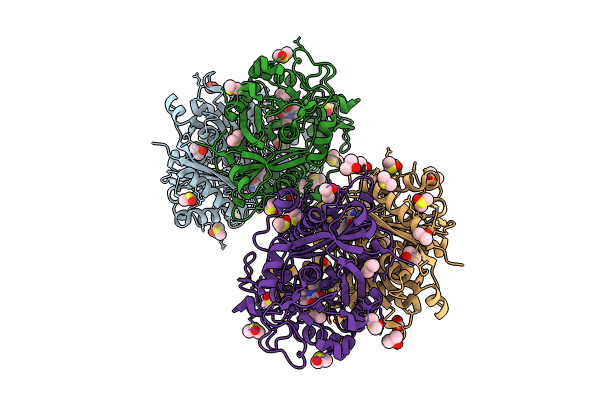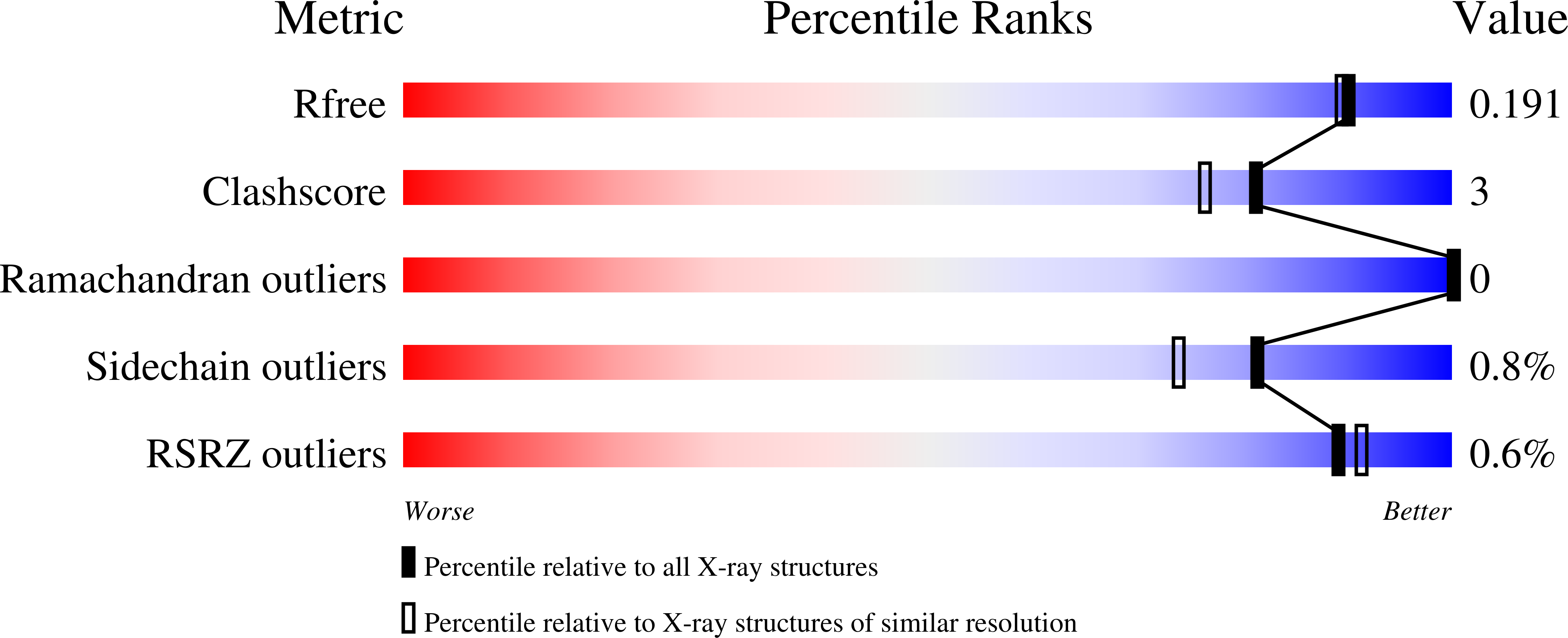
Deposition Date
2023-06-22
Release Date
2024-02-21
Last Version Date
2024-05-08
Entry Detail
PDB ID:
8PJ0
Keywords:
Title:
Pseudomonas aeruginosa FabF C164A mutant in complex with N-(1,5-dimethyl-3-oxo-2-phenyl-2,3-dihydro-1H-pyrazol-4-yl)-3-methylbutanamide
Biological Source:
Source Organism:
Pseudomonas aeruginosa (Taxon ID: 287)
Host Organism:
Method Details:
Experimental Method:
Resolution:
1.70 Å
R-Value Free:
0.18
R-Value Work:
0.16
Space Group:
P 1 21 1


